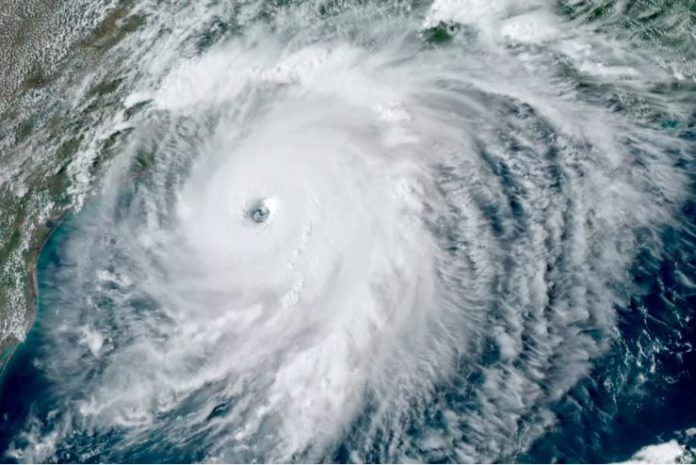Hurricane Harvey dumped more than 50 inches of rain on parts of the Texas coast in 2017. Then in 2020, ferocious winds from Hurricane Laura destroyed homes across coastal Louisiana. Hurricane Ida hit in 2021, leaving swaths of south Louisiana without power for days.
Such extreme weather is becoming more common, and that’s just one of the warnings for the Gulf of Mexico region in a United Nations report released this week, reports The Associated Press. The devastating effects of climate change in the region also include rising seas, collapsing fisheries and toxic tides.
“The hurricanes that we get, there’s a higher probability that they can bloom up into major hurricanes,” Louisiana state climatologist Barry Keim says, agreeing with the report’s details on more dangerous weather.
The report details numerous ways in which climate change will affect the Gulf. From Texas to Florida, which has the longest coastline of any state, the entire Gulf Coast is under serious threat from rising seas as the planet’s polar ice caps melt, the U.N. report says.
Sea level rise poses an existential threat to much of Louisiana, because so much of the Mississippi River delta has been sinking due to human interventions. The loss of sediment from leveeing the river and saltwater intrusion caused by coastal oil and gas development are two big culprits, Keim notes.
“South Louisiana is probably the most vulnerable place to climate change in the United States,” Keim says.



